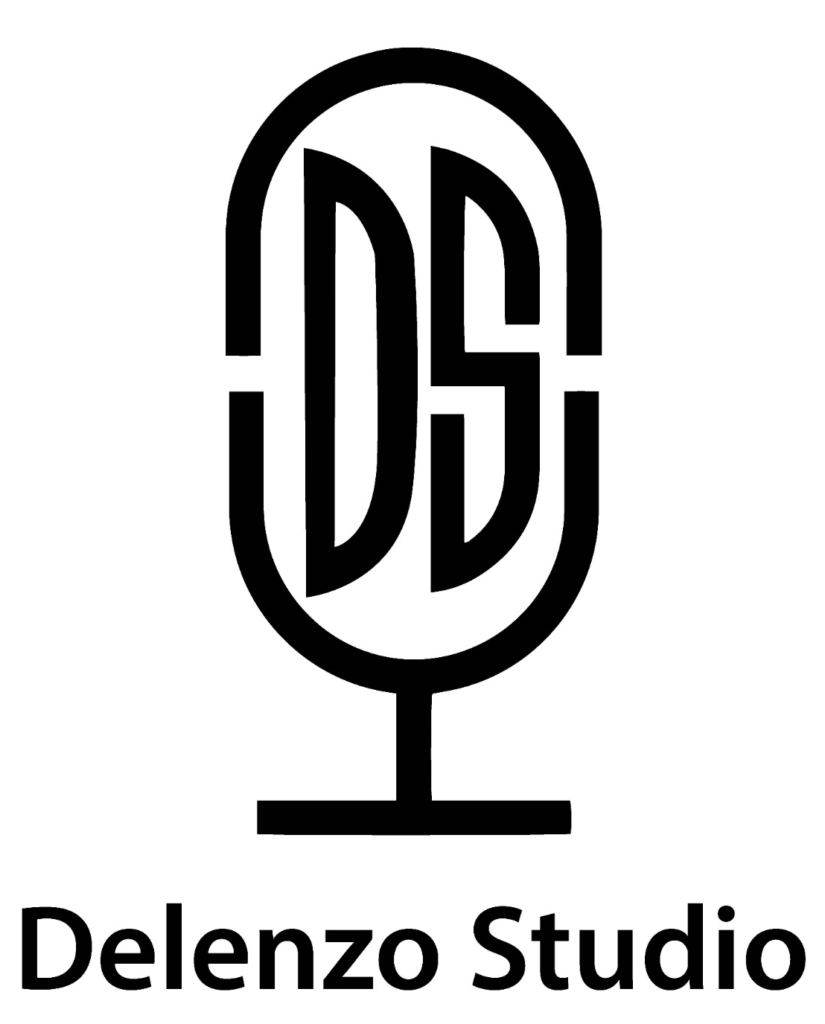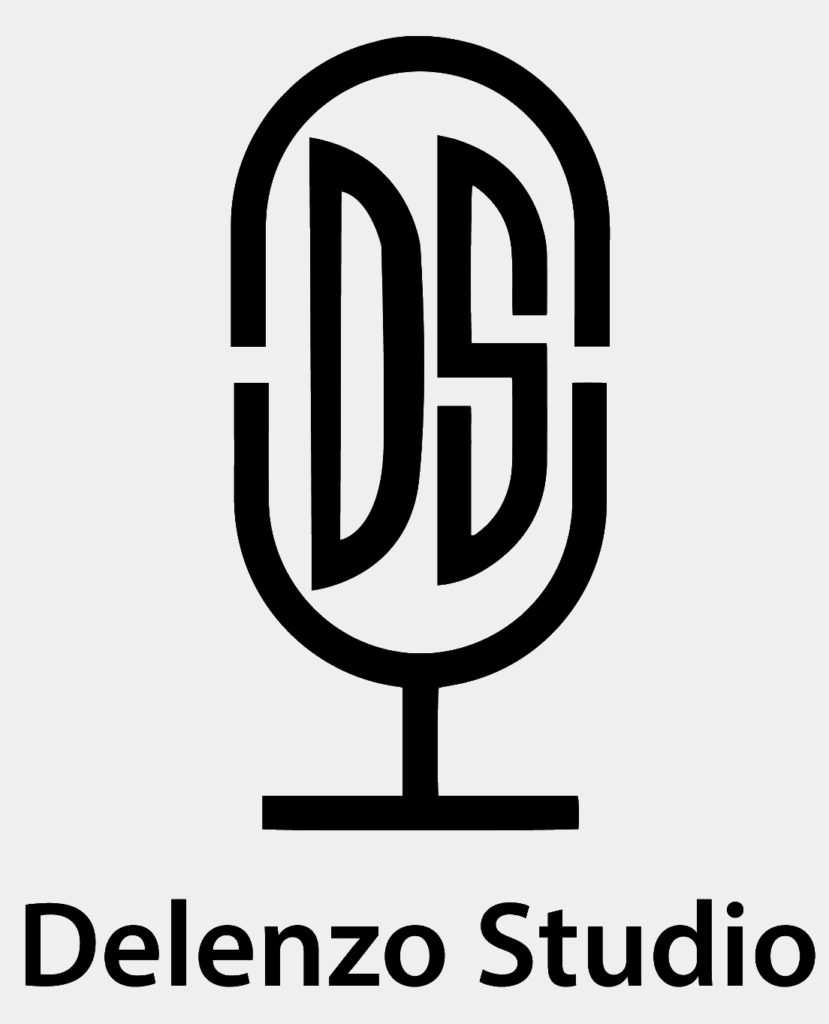When considering content production, creators often wonder whether they should choose a video show or a podcast. Both formats have unique benefits, but understanding which is best depends on your goals, audience, and available resources. In this article, we’ll break down the differences and help you decide which might be right for you.
What is a Video Show?
A video show is a program produced and delivered in a video format. Often available through streaming platforms like YouTube, social media, or a dedicated website. Video shows commonly include visual elements that help illustrate . A video show is a good option for you to have a medium to show personality, use visual storytelling. Or incorporate demonstrations. Video shows can be of various types: tutorials, interviews, documentaries, product reviews, or even lifestyle vlogs. With a video podcast, creators typically record in a studio with high-quality cameras. Podcasting equipment to ensure the video quality is on par with the audio.
What is a Podcast?
A podcast is an audio-based program that can be recorded and shared across various platforms. Its simplicity makes it appealing: You can easily record high-quality content with just a podcast microphone and some essential podcast studio equipment. Podcasts are an excellent way to connect with your audience, whether during your busy moments like commuting, working out, or relaxing at home.
Podcasts cover a wide range of topics, from true crime stories to business advice and everything in between. They can also be produced in a podcast studio, where sound quality is paramount. Unlike video shows, podcasts focus solely on audio entertainment, allowing the listener to engage deeply with the content without needing visuals.
Video Show Versus Podcast: What’s Right For You?
Choosing between a video show and a podcast depends on your target audience, the nature of the content you would put together, and what kind of experience you would want to provide. Although both present tremendous opportunities for audience engagement, both formats have strengths and challenges. Let’s dive into the pros and cons of each.
Pros Of Video Show
People Trust Videos
The biggest plus of a video show is that it establishes trust and credibility. Most viewers find themselves attached to the content they are viewing since they can actually see the face behind the microphone or camera. A video podcast builds a closer connection with the audience, especially since you can bring out emotions, facial expressions, and body language. It helps build stronger relationships with your followers, increasing brand loyalty and audience trust.
Video Shows Can Be Converted Into a Podcast
If you already produce a video show, you can easily convert your content into a podcast. By stripping the audio from the video, you can reach an entirely new audience—those who prefer listening to content rather than watching it. It means you get more value from your content and can tap into visual and audio-based platforms, maximizing your reach and engagement.
Easier to Convey More Information
A video show can include visuals, graphics, charts, and on-screen text, conveying more information in a shorter amount of time. If your content involves intricate details, demonstrations, or tutorials, a video format can help your audience grasp complex concepts quickly and effectively. Whether you’re showcasing a photo studio or demonstrating how to set up podcasting equipment, visuals can make things easier to understand.
Fit Marketing Goals Better
Video shows also work better for marketing goals, as videos are more likely to go viral or be shared on social media platforms. Platforms like YouTube, TikTok, and Instagram reward video content, allowing creators to reach larger audiences. Video allows you to showcase products, services, and brand stories dynamically. It can be a potent tool for businesses to connect with potential customers.
Cons of Video Show
It is Harder to Conceptualize Videos
Creating videos requires more preparation and planning than audio-based content. It can be challenging to conceptualize a video show if you’re unfamiliar with content production or unsure what visuals to include. While podcasts rely solely on your voice and imagination, videos need careful attention to lighting, sound, and visuals. It might mean extra time and effort during the planning stage.
Requires Elaborate Setup
Unlike podcasts, which can be recorded with simple podcasting equipment, video shows require more resources. Depending on the type of video you’re creating, you may need cameras, lighting, a podcast studio, or a dedicated filming space like a photo studio near me. The video setup process can be more involved and expensive than simply recording a podcast from home.
Post-production Takes Effort
Editing a video show can be more time-consuming than editing a podcast. From trimming clips to adding sound effects, transitions, and visual effects, video production requires high technical skill and attention to detail. It often results in longer post-production timelines and the potential need for professional help.
When Should You Consider Starting a Podcast?
While video shows can be very engaging, podcasting offers an entirely different kind of value. Podcasts can be accessed easily, created quickly, and distributed with fewer resources. But before podcast production, one must know what a podcast can offer that a video show cannot.
Pros of Podcast
Minimal Requirements
A significant advantage of starting a podcast is the relatively low entry barrier. All you need to get started is a podcast microphone, a simple recording device, and some editing software. Compared to video shows, podcasts don’t require elaborate setups like lighting, cameras, or podcasting equipment that might need more investment.
On the Go Recording and Publishing
With podcasts, you can create and release episodes from anywhere. You can easily record and immediately share content at home, in a photo studio, or on the go. It makes connecting with your audience easy without dealing with complex setups or equipment.
Easy to Create Remotely
Podcasts are also easier to create remotely, which is perfect for hosts who may not be in the exact location. Whether you’re interviewing guests or co-hosting with a team, podcasts can be recorded and edited without needing to meet in person or be in a podcast studio. It makes collaborating with guests and experts easier without worrying about geographical limitations.
Easy Listening for Users
Podcasts offer a convenient way for the audience to consume content. They can be listened to anywhere—whether driving, jogging, or doing chores. As a result, podcasting is perfect for audience engagement, as listeners can tune in during moments when they otherwise wouldn’t be able to watch a video.
Cons Of Podcasting
More challenging to Get Complex Concepts Across
Podcasts can be limiting when conveying complex ideas or visual concepts. Unlike a video show, podcasts cannot incorporate visual aids, which makes it harder to explain intricate subjects. If your content involves product demos, tutorials, or anything requiring visual representation, a podcast might not be your best format.
Less Scope Brand Affinity
While podcasts can help you build a strong connection with your audience, the lack of visuals means you miss out on creating a full-brand experience. A video show allows you to showcase your personality, office space, or photo studio, helping to build a more complete brand identity.
Can’t Be Instantly Converted to Videos
Unlike a video show, which can be converted into an audio podcast, a podcast can’t be converted into a video as easily. To reach audiences on platforms that prefer video content, you must re-record or adapt your podcast content into a video format.
Take More Time to Be Appreciated for What They’re Worth
Podcasts typically take time to build an audience and gain traction. Without the visual appeal of a video show, podcasts can be more complex to discover or enjoy right away. It might take several episodes before your audience truly connects with your content.
What’s Right for You: Video Show or Podcast?
Ultimately, whether you start a video show or a podcast depends on your resources, goals, and how you want to engage with your audience. If you have the equipment and want to provide rich, engaging content that showcases your personality, a video podcast might be your best choice. However, if you’re looking for a low-cost, flexible way to reach listeners on the go, podcasting might be more up your alley. Both formats can be incredibly effective for building audience engagement, but understanding what works best for your unique needs will ensure you choose your content strategy.
FAQs
A podcast is an audio-based program that can be consumed a TV show is a visual format requires video content. Podcasts typically focus on audio entertainment, whereas a TV show combines audio and visual elements to engage the audience.
Yes, a podcast can be called a show. Many creators refer to their podcast series as a show, mainly if they produce multiple episodes or have a regular format.
A podcast is typically available for on-demand listening through iTunes or Spotify. At the same time, a broadcast is a live or scheduled transmission of audio or video content via traditional media channels like radio or TV.
No, a YouTube channel is not a podcast. A YouTube channel typically features video content, whereas a podcast focuses on audio entertainment. However, a video podcast could be uploaded to a YouTube channel.



